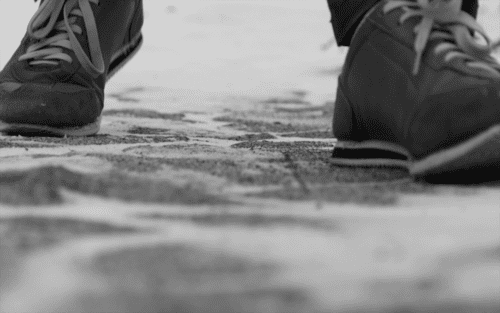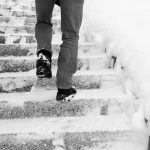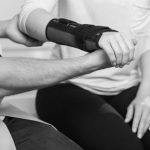Introduction
Premises liability isn’t a term the general public uses often, but it is often brought up. When thinking of premises liability, we often think of the classic slip and fall on a mopped floor in some big box store or chain restaurant. And while the law does not limit liability only to “slip and falls,” these situations tend to be some of the most common in our area. Under North Dakota premises liability law, landowners owe a general duty to lawful entrants (in other words, people who aren’t trespassing) to maintain their property in a reasonably safe condition in view of all the circumstances, including:
- The likelihood of injury to another;
- The seriousness of the injury; and
- The burden of avoiding the risk.
In consideration of all these factors, it can be hard to recognize whether you have a valid legal claim following a slip and fall injury. Understanding the basics can be important when considering making a dangerous premises liability claim.
“Slip And Falls”
“Slip and falls” are a subset of premises liability claims which occur when someone slips (or trips) and falls on another’s property and is injured as a result. Here in North Dakota, a primary cause of slip and fall injuries is snow and ice accumulation.
Many jurisdictions outside of North Dakota actually relieve land owners from liability for natural accumulations of snow and ice because it is an “open and obvious danger.” But the North Dakota Supreme Court has declined this interpretation, reasoning that relief for landowners would undermine the principles of public responsibility. In other words, claims can be brought for slip and fall incidents on icy walkways of their establishments.
“Open And Obvious”
As discussed in the prior subsection, North Dakota doesn’t absolutely absolve landowners of liability when someone slips and falls on the ice. However, the open and obvious nature of danger can be a factor in any claim. This means that the clearer a danger is, the less likely one will have a good premises liability claim. For example, imagine you are walking into a business on a terribly snowy day. The temperatures are below freezing and prior to the snow, the weather was rainy. Let’s say that the pathway you take into the business is well lit and you can see ice built up on the sidewalk. If you slip and fall resulting in injury, your claim against the business could be challenging. But consider another example. Now imagine you’re walking into a business at dusk. It’s below the freezing point, but it’s been a relatively dry winter. The business’s walkway isn’t well lit and it has drain pipes that send water out into the walkway in certain areas. If you slip and fall on one of those unseeable slippery spots on the sidewalk, you might have a better chance at a compensable injury.
Questions To Ask
If you’ve had a slip and fall injury, some questions to keep in mind are as follows:
- Did the individual or business who possessed or owned the property have control over the condition wherein you were injured?
- Were they taking steps to prevent injuries?
- Did they have any types of warnings about a potentially hazardous condition?
If the person or business has control over a potentially hazardous condition, fails to take steps to prevent injuries and/or neglects to warn of known dangerous conditions, you might have a claim for dangerous premises liability.
A Note On Injuries
A common stigma surrounding slip and fall injuries is that they are often mild and over-exaggerated. The reality is, slip and falls can result in broken bones, traumatic brain injuries, and other catastrophic outcomes. If you or someone you know have a slip and fall, don’t discount your injuries as “minor” before consulting a professional.
Conclusion
Knowing whether or not your slip and fall injury is one that warrants legal assistance is challenging and requires analysis of numerous factors. If you or someone you know has been injured, please don’t hesitate to contact the personal injury team at SW&L Attorneys by calling 701-297-2890, or emailing us at: info@swlattorneys.com. Our professionals can give you important information and analysis regarding your next steps.
This article is for informational purposes only and is subject to our disclaimer.










